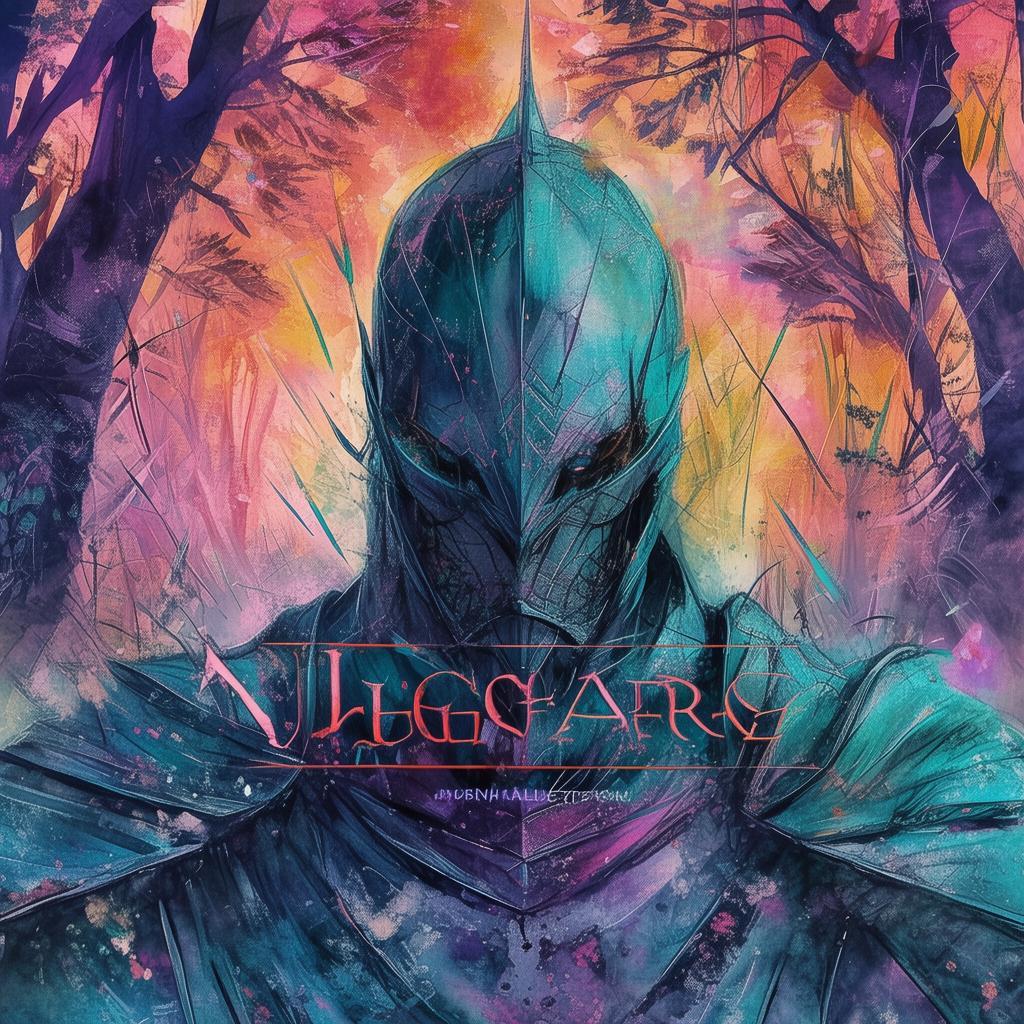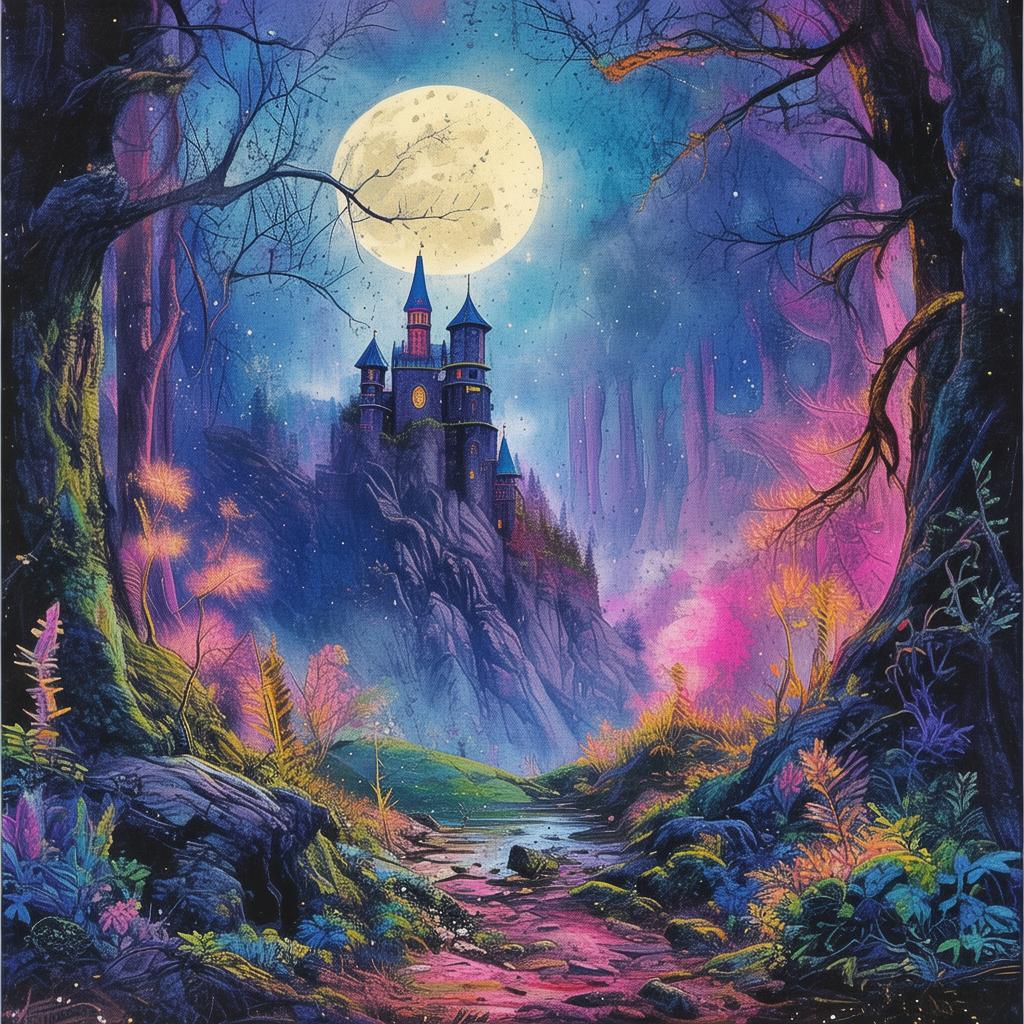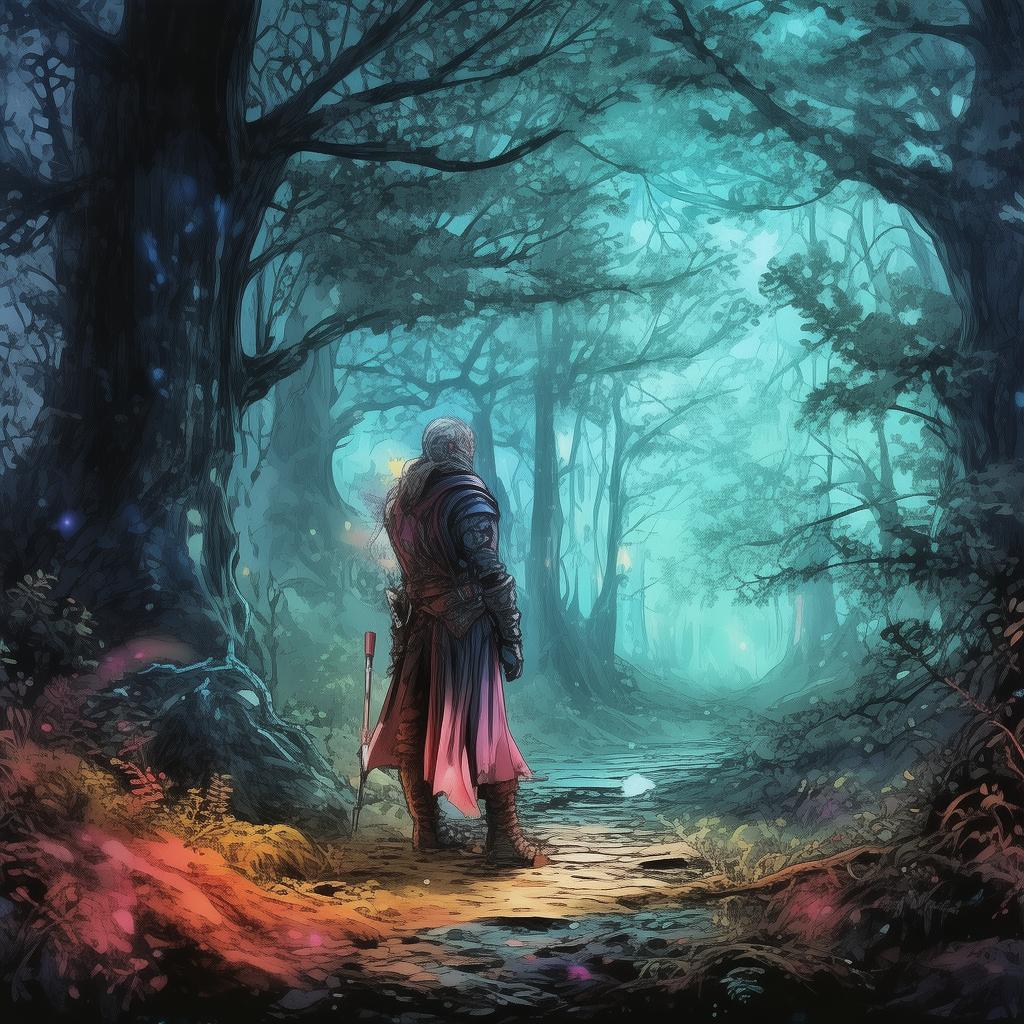The Yellow River's Stone: A Comedy's Escape
In the heart of the ancient Chinese countryside, there lay a vast expanse of the Yellow River, known as the cradle of Chinese civilization. Among the swirling currents and the ancient stones that dotted the riverbed, there was a particular stone that held a secret, one that would soon bring chaos and laughter to the land.
The stone was not ordinary. It was said to be imbued with the essence of the river itself, and thus it had the power to animate. For centuries, it remained still, a silent witness to the river's grandeur and the lives that passed by. But one fateful day, a storm arose, and the river's power surged, causing the stone to come to life.

This was no ordinary spirit. The stone had been imbued with a sense of humor, a trait that would soon lead to its downfall. Its first act of mischief was to alter the course of the river, leading to a flood that threatened the nearby villages. The villagers, in their panic, sought the wisdom of the village elder, a man known for his profound understanding of the river and its lore.
The elder, wise and observant, realized that the stone was the source of the problem. He approached the river's edge and, with a solemn look, spoke to the stone. "You, the Yellow River's Stone, are a marvel of nature's power. But your newfound life must be used wisely. You must protect, not harm."
The stone, with a mischievous glint in its eyes, listened to the elder's words. It had no intention of being a guardian, but it also knew that the elder was right. The stone decided to test the elder's advice, and thus began a series of escapades that would leave the villagers both amused and bewildered.
First, the stone transformed itself into a mischievous boy, appearing in the homes of the villagers, leaving gifts of laughter in their places of rest. The villagers, grateful for the joy, spoke of the "Boy of the Yellow River" in hushed tones, wondering where he came from and how he brought happiness.
Then, the stone, still in its boyish form, began to sing, a melody so beautiful that it seemed to come from the very soul of the river. The villagers gathered, enchanted by the song, and forgot their troubles, even for a moment. It was during one of these sing-alongs that the stone met a young girl named Ling, whose laughter was as bright as the river itself.
Ling, unlike the others, saw through the stone's disguise. "You are not a boy," she whispered, her eyes wide with wonder. The stone, caught off guard, realized that Ling was not to be toyed with. It had to be more careful with its newfound powers.
As the days passed, the stone and Ling became fast friends. They would explore the riverbanks, laughing and singing, and the stone would share stories of the ancient river, its legends, and the spirits that once dwelled there. The stone, through Ling, began to learn the value of life, of loyalty, and of the importance of connection.
One day, as they were walking along the river, the stone heard a voice calling its name. It turned to see a group of bandits approaching, their intentions dark and menacing. The stone knew it had to protect Ling, but it also knew that it couldn't fight them head-on. It turned to Ling, and together, they hatched a plan.
The stone transformed itself into a massive wave, crashing over the bandits, causing them to scatter. As they ran, the stone continued to create disturbances, turning the bandits' weapons against each other. By the time the bandits had retreated, the village was safe once more.
Ling, looking at the stone, realized the true power of the stone's spirit. "You are more than just a stone," she said, her voice filled with respect. The stone, moved by her words, knew it had to change its ways.
The elder, seeing the transformation in the stone, smiled. "You have learned the value of life, of friendship, and of responsibility. The river will never forget your kindness."
And so, the Yellow River's Stone, now a guardian of the river and its people, remained by the river's edge, its laughter a constant reminder of the joy it brought to the world. It had learned that the true power of life was not in its ability to create chaos, but in its ability to bring laughter, love, and harmony to those around it.
The villagers, in gratitude for the stone's protection, built a small shrine by the river, where they would leave offerings of fruit and flowers, singing songs of the stone's adventures. And the stone, now a spirit of the river, continued to watch over them, its laughter echoing through the ages.
✨ Original Statement ✨
All articles published on this website (including but not limited to text, images, videos, and other content) are original or authorized for reposting and are protected by relevant laws. Without the explicit written permission of this website, no individual or organization may copy, modify, repost, or use the content for commercial purposes.
If you need to quote or cooperate, please contact this site for authorization. We reserve the right to pursue legal responsibility for any unauthorized use.
Hereby declared.









